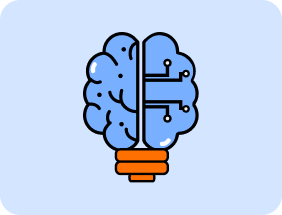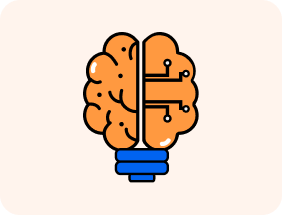- Home
- Solutions
- Join Community
- Methodology
- Limited Offer
-
Pricing
- More
What is the Activity?
The Jumpstart Journal is a short, guided reflective exercise learners complete immediately after studying a topic. It uses five focused prompts to help students pause, summarise, and connect new ideas with prior knowledge. The act of writing or speaking these reflections moves learning from passive to active and strengthens long-term understanding. Typical prompts include:
- What are the three key points you learned?
- How does this topic connect to what you already know?
- Which part did you find most interesting or relevant, and why?
- What questions do you still have?
- How can you apply this learning in a real-world situation?
Each reflection is brief and targeted: learners capture the essence of a lesson, note curiosities, and highlight possible applications. The Jumpstart Journal trains metacognitive habits, learners become aware of how they learn, what gaps remain, and how to turn concepts into practice. It is flexible (can follow a class, reading, video, or lab) and works well as a daily habit to build deeper understanding over time.




 Individual
Individual
 Learner
Learner Mentor
Mentor Organisation
Organisation
 Learner
Learner Mentor
Mentor Organisation
Organisation






